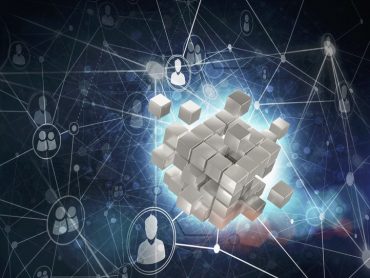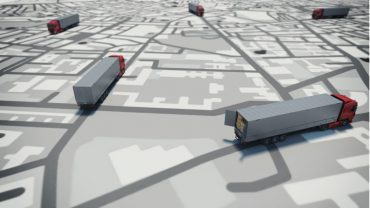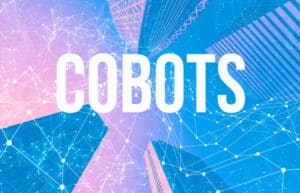
Industry 5.0 builds on the technologies of Industry 4.0 but emphasizes sustainability and the collaboration between humans and machines.
Many of the things auto manufacturers are doing today to make their operations smart can help drive additional improvements in the future. While the benefits of digitalization and Industry 4.0 have been discussed for years, there is a growing interest in Industry 5.0.
Industry 5.0 goes beyond Industry 4.0 in that it shifts the focus from economic value towards the broader concept of societal value (e.g., sustainability and reduced energy use) and well-being (e.g., worker safety in complex manufacturing environments that include working with automated systems and robotics).
Building on Industry 4.0
To put Industry 5.0 into perspective, it is worth summarizing the methodologies and goals of Industry 4.0.
To start, Industry 4.0 seeks to bring a high level of digitalization into play for manufacturing. A typical effort includes and integrates a wide range of technologies, including IoT, digital twins, robotics, automation, data sharing, sophisticated analytics, and increasingly using AL and ML.
These technologies aim to increase productivity and efficiencies via virtualization (e.g., digital twins for work cells, production lines, and plants) and automation, reducing the need for human intervention in processes. For such an approach to work, there must be a high level of integration and communication between machines and systems. That allows elements within manufacturing operations to make decisions independently without needing a human operator’s intervention.
Upping the ante with Industry 5.0
Industry 5.0 builds on the technologies of Industry 4.0 but emphasizes the collaboration between humans and machines. Some say its goal is to create a balance between automation and using human insights in operations. In other words, it aims for a best-of-all-worlds environment where mundane tasks are offloaded from workers via automation. But processes and operations are refined and improved in real time, taking advantage of the expertise of the workers on the lines.
To that point, many instances in manufacturing and other industries show how human insights, when combined, can lead to improved results. For example, take the field of modern meteorology. Similar to how manufacturing uses IoT, analytics, modeling, and more, forecasts are based on collecting vast amounts of weather data from around the world. That data is ingested into sophisticated models that produce forecasts.
Many industries involved in aviation, transportation, logistics, events planning, and more base their operations on those forecasts. But those who seek a competitive edge hire their own meteorologists who work with the model outputs and refine the forecasts. In some cases, meteorologists may fine-tune a forecast based on knowledge about a specific region. In other cases, they may know certain things the model does well or misses and refine a forecast based on those insights.
Skilled auto manufacturing workers could do similar things using their expertise to amplify the benefits of a plant’s automation.
See also: How Smart Technologies are Helping Simplify Sustainability in Auto Manufacturing
Sustainability aspects of Industry 5.0
Additionally, Industry 5.0 takes things to a new level with respect to sustainability, emphasizing social and environmental responsibility in manufacturing.
In today’s marketplace, regulatory agencies, shareholders, and customers have sustainability mandates and desires. Auto manufacturers adopting smart manufacturing strategies and implementing appropriate technologies can address these issues AND, at the same time, improve their operations, increase revenues, cut costs, and more.
To do that, a manufacturer must address sustainability in a coordinated, integrated, and formal manner rather than in an uncoordinated ad hoc manner, which is quite common. So, rather than focusing on the sustainability aspects of one element of operations (e.g., waste reduction in production, fuel economy of a vehicle, etc.), there needs to be end-to-end scenario planning and strategic analysis.
Once the right strategy is set, that’s where smart technologies come in. A smart manufacturer can collect relevant data to measure sustainability-related parameters. The data can be aggregated, analyzed, shared, and reported to all stakeholders.
The critical information provided in this manner helps establish a baseline and can be used to identify areas for improvement. Such an approach is exactly the same game plan auto manufacturers followed in their initial digitalization and Industry 4.0 projects. In both cases (i.e., the shift in focus to sustainability and digitalization of operations), a manufacturer starting down the sustainability pathway can use the information to identify use cases and scenarios that deliver the greatest impact and then prioritize those things.
See also: Safe, Secure, and Commercial Cobots for the Post-COVID Workplace
Societal well-being aspects of Industry 5.0
When Industry 5.0 is brought up, much of the focus is on sustainability. But the goals and what can be done with Industry 5.0 go far beyond that. As noted above, one aspect where Industry 5.0 is expected to play a major role is improving workers’ well-being.
A prime example is addressing worker safety in complex manufacturing environments, including working with automated systems and robotics.
For years, auto manufacturers have used robots on production lines to perform repetitive work. Some robots do dangerous work, and others carry out tasks that would be physically exhausting to a human operator.
When looking at robotics from an Industry 4.0 perspective, the focus is on operational efficiency. Digital twins of robotics systems would ensure smooth operations in the context of the entire work cell or production line. Simulations would also help ensure safe operating conditions.
Industry 5.0 extends such work to seek ways for robotic systems to work collaboratively with human workers. So, rather than having a robotic system with limited functionality or fenced off for safety, Industry 5.0 would look for ways for a robotic system and humans to work together. Such cobots, as some call them, would amplify the benefits of a robotic system by imparting the operational knowledge of the human worker into processes.
Additional Resources
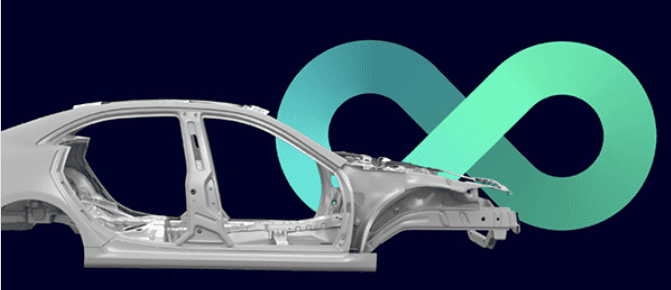
Drive production excellence with intelligent manufacturing
The automotive industry is facing unprecedented challenges, with rapid change and intense pressure to meet the demands of climate change, regulations, and consumers. Download Now
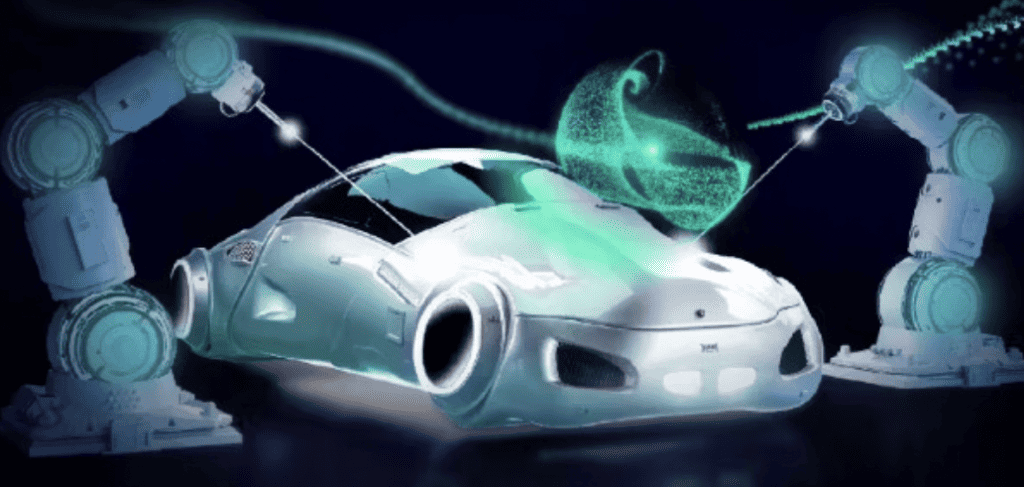
Modernize automotive factories with Siemens Smart Manufacturing solutions
Discover how automakers can transform their business with Smart Manufacturing solutions using state-of-the-art hardware and software to modernize production lines. Watch Now
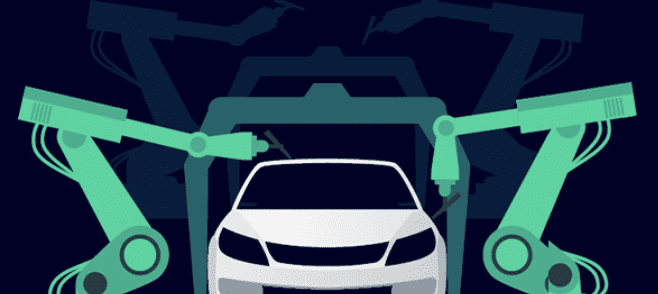
Virtual Manufacturing Development for the Automotive Industry
Companies in the automotive industry are pushing to develop the next generation of autonomous, electric, connected, and shared vehicles. View Now





